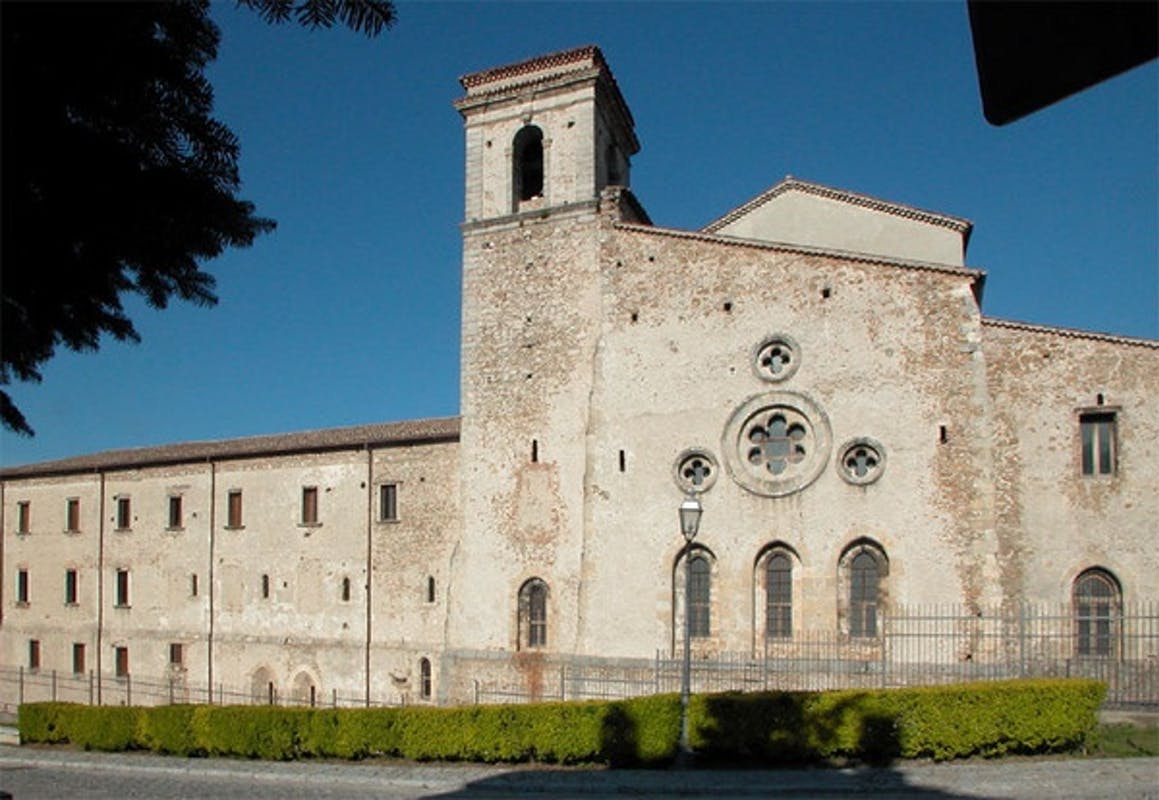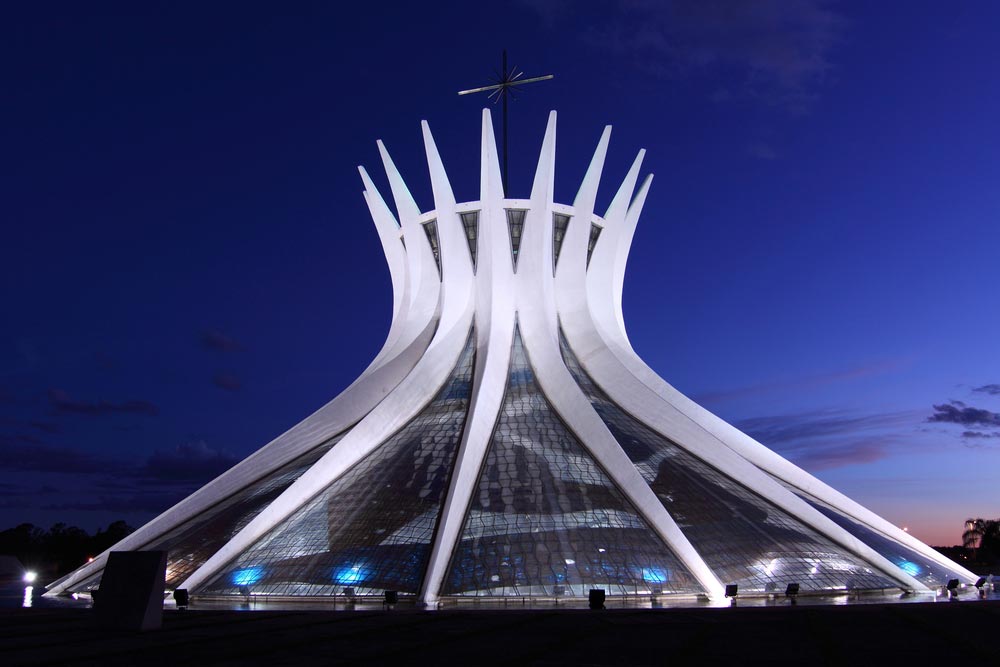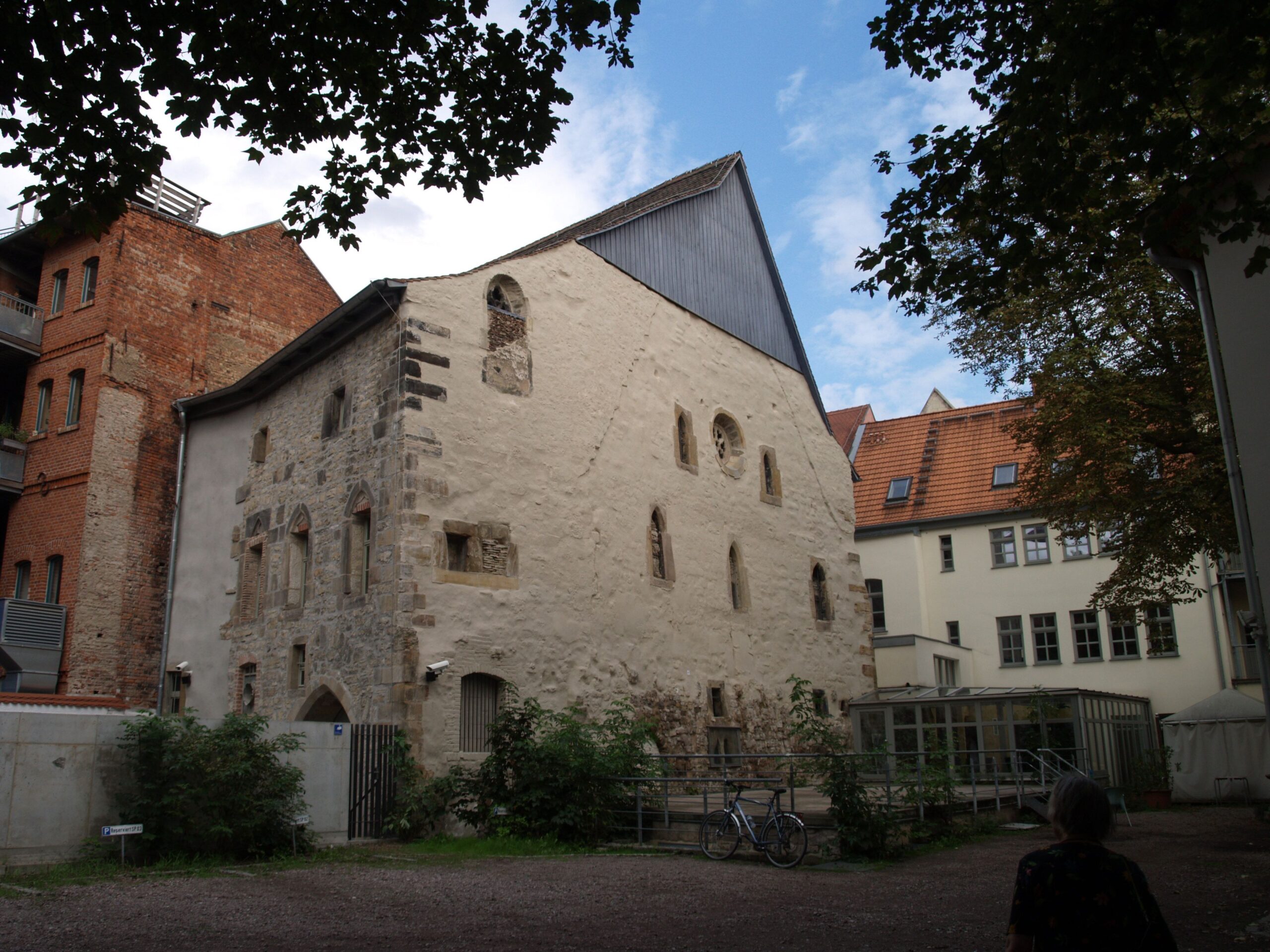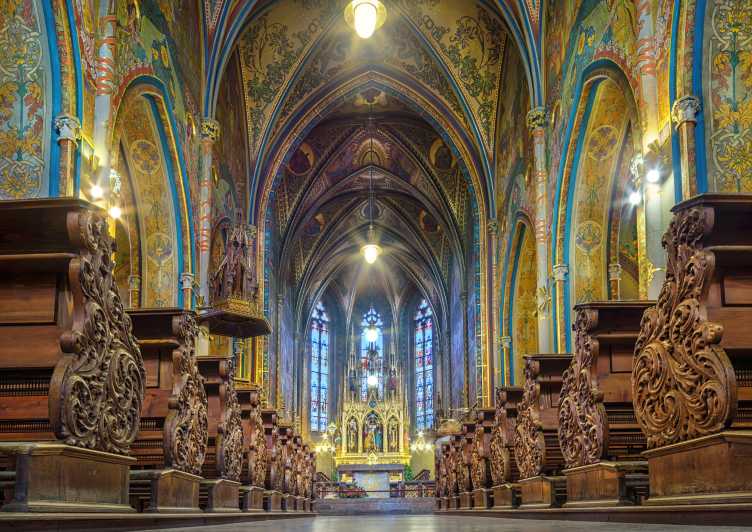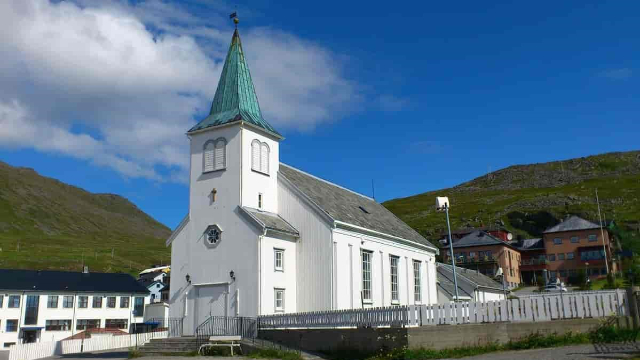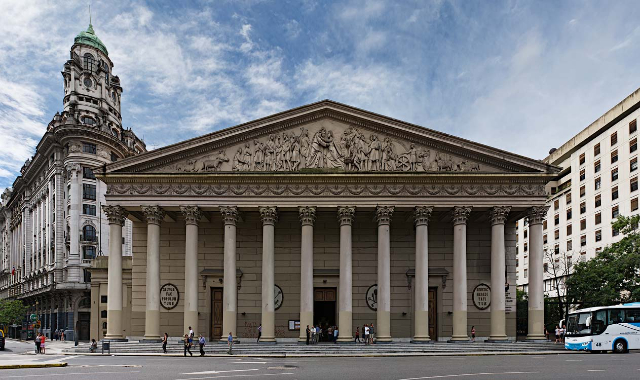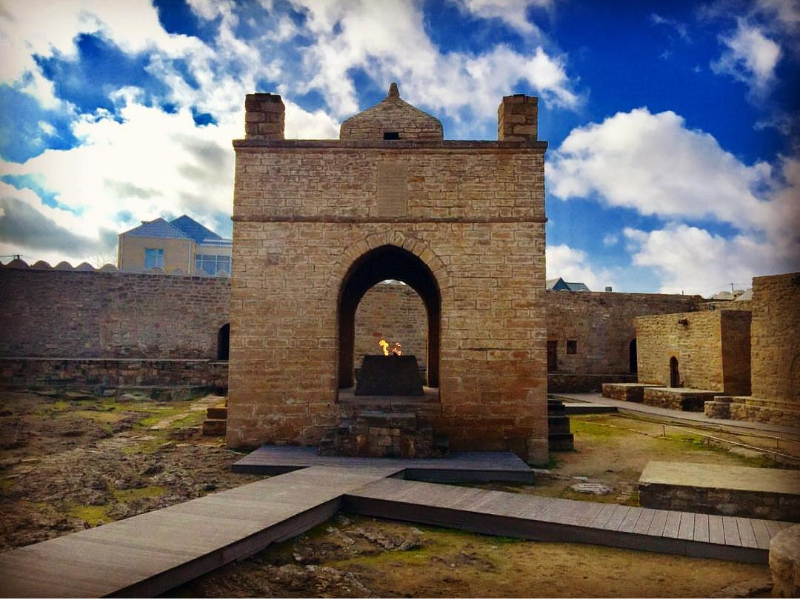Linked to the figure of Abbot Gioacchino da Fiore, the abbey was built after his death, between 1215 and 1234, but has managed to keep intact all the characteristics of Gioachimite architecture.
Starting from its spatial location, in an isolated place for the times, but in the historical centre today, more than 1000 metres above sea level; to the use of the local lithic resource and internal workers. In short, all elements that refer to the simple and austere lifestyle of the Saint, found, among other things, in his writings, in which he presented the three main activities of man: manual work, doctrine and prayer.
The fact that all the churches have almost the same structure, suggests the existence of a real school, with its architectural language.
The one of San Giovanni in Fiore, specifically, has a single nave, with bare walls, just as the ideal of poverty was predicted; the altar is baroque and has a wooden statue of St. John the Baptist, and the 4 rose windows behind it give a surprising atmosphere with a play of light and shadow; at the top of the staircase, to the right of the altar, is preserved, in the crypt, the urn with the remains of Gioacchino da Fiore, on which is engraved a Dantean verse dedicated to him: "…and light me from the side, the Calavrese Abbot Joachim, of prophetic spirit endowed."
The rooms of the Abbey have housed the International Centre of Gioachimiti Studies since 1982, while the ground floor and the first floor of the east wing house one of the most interesting ethnographic museums in Southern Italy: the Demological Museum of Economy, Labour and Social History Silana, inaugurated in 1984.
